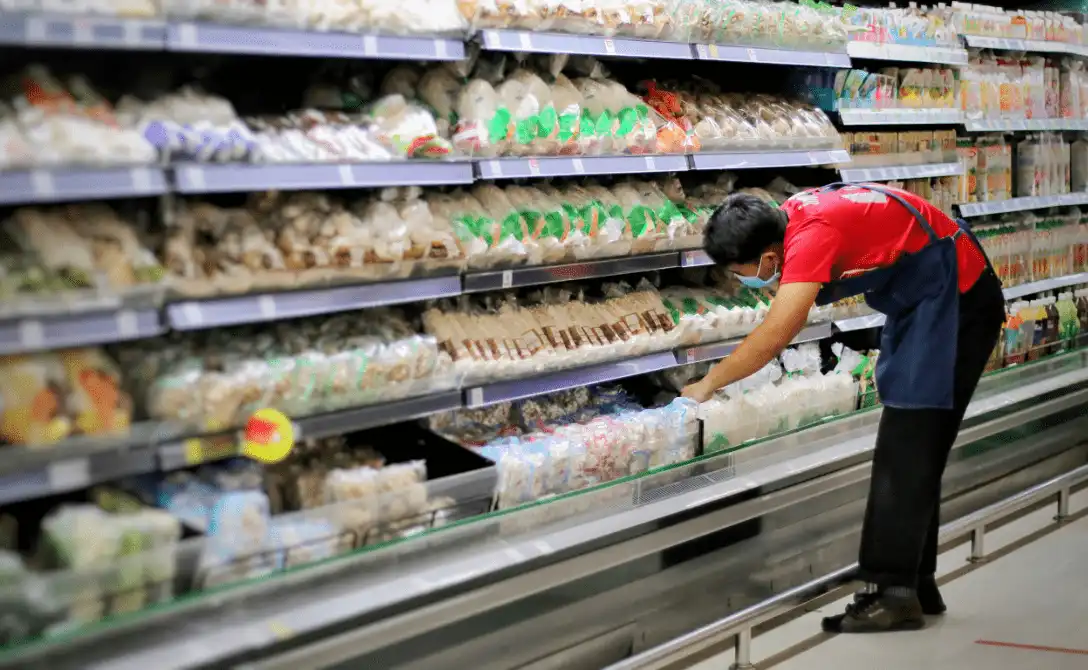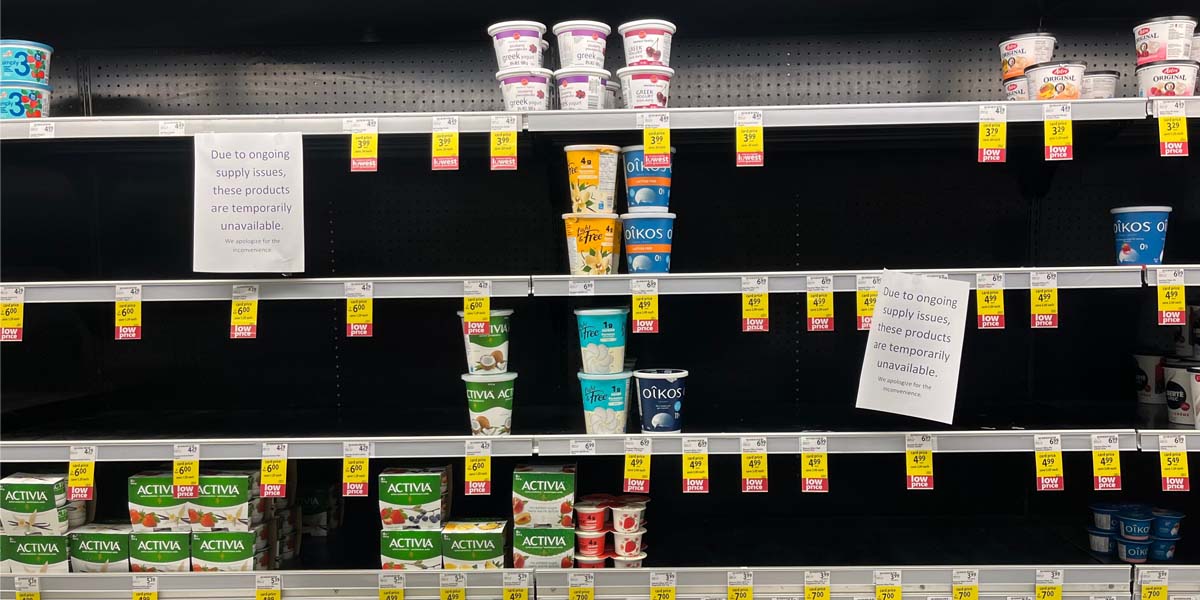
On-shelf availability, or OSA for short, is the number of products that are immediately available for consumers to purchase. This defines success in retail and consumer packaged goods sectors because it dictates how quickly replenishable items must be stocked up upon consumption.
According to research, 30% of consumers will switch stores when they can’t find the product they want, and 70% will switch brands. Retailers miss out on $1 trillion in sales when products are not in stock. High on-shelf availability helps build consumer trust in terms of retailer reliability and product availability. Retailers, too, value CPG suppliers or manufacturers who can help them improve on-shelf availability and reduce supply disruptions, improving the consumer experience and boosting sales.
Businesses are currently hindered in these efforts by inefficiencies in inventory data collection and data processing. However, cutting-edge technology, leveraging artificial intelligence (AI) and machine learning (ML) in CPG data analytics, modeling, and retail forecasting, can aid businesses in reclaiming revenues they are missing due to poor on-shelf availability.

How do on-shelf availability issues in CPG manifest?
Product availability issues can surface in the following scenarios:
- Ordering too little stock or ordering too late – can be a recipe for consumer disappointment.
- Ordering too much – can cause storeroom clutter, building up inventory, and stocking issues. While over-ordering is sometimes used as a deliberate tactic to beat product shortages, it leads to increased carrying costs and lower margins due to discounts on surplus stock. Over-ordering is especially problematic in the case of perishables.
- Not accounting for seasonality— this often leads to gaps in consumer expectation and product availability.
Problems with manual scanning and conventional methods of data collection
Store associates manually scan and collect data to track on-shelf availability, usually at a set time every day. If the chosen time is not ideal for inventory scanning processes due to inherent biases, then that bias is amplified throughout the data set. For instance, most manual scans are conducted first thing in the morning after restocking processes have been completed, painting an ideal picture of inventory stocks.
Moreover, manual scanning is a tedious and repetitive process that calls for high concentration in a sustained manner over a considerable period of time. Human error creeps in inevitably, leading to low accuracy levels. It is expensive in the long run due to the man-hours consumed regularly and the opportunity costs of not shifting to a more accurate and efficient system that allows you to increase OSA. With SKUs that can range up to the hundreds of thousands, manual tracking across a large-scale retail format is an impractical ask.
Want to know how your CPG brand can overcome the above issues and more? Click here
Unlocking the potential of out-of-stock (OOS) modeling for businesses
With unreliable data input and factors such as shrinkage, conducting regular inventory counts and using point-of-sale (POS) and inventory optimization and management software data to track inventory is not feasible. Out-of-stock modeling is the superior solution, but data inaccuracy can lead to false positives and negatives that can make model predictions difficult to apply. High-volume data must also be crunched within reasonable deadlines so that it can be actioned.
That is why Tredence and Databricks have co-developed the OSA accelerator. Our deep domain expertise and our experience working with the world’s largest retailers help us understand the nuances of modeling OOS. Moreover, with our data science and AI engineering expertise, combined with Databricks’ processing and advanced data science capabilities, we are able to provide businesses with a transformative OSA solution for CPG data analytics.
Our OSA solution leverages historical data to identify revenue-impacting systemic issues with suppliers and internal processes. It addresses a range of challenges, including:
- Phantom inventory — in this scenario, products reported are not aligned to products available on hand.
- Safety stock violations —occur when the threshold for triggering replenishment orders is set too low or too high.
- Zero-sales events —are periods when no units of a product are sold; therefore, understanding and optimizing for these parameters help drive stock availability.
- Situations when stock is on hand but underperforming due to a range of factors such as sub-optimal inventory management practices.
Our OSA solution offers a powerful, unified platform that aggregates and reconciles inventory and sales data at a per-period level. Its high data-processing capabilities enable the platform to examine and identify aggregate and series patterns and generate actionable insights and forecasts for various SKUs across locations. This data is then accessible to analysts for analysis before being pushed to in-store personnel in the form of prioritized OOS alerts for relevant actioning. Furthermore, the solution is scalable, allowing for large volumes of data to be processed rapidly. In addition, pre-integrated libraries further support analysts with the right forecasting algorithms and techniques.
Our accelerator provides a holistic approach to identifying historical out-of-stocks and predicting future out-of-stock risks. It improves modeling accuracy and offers robust training to increase knowledge of Databricks best practices and advanced ML modeling techniques. Overall, it helps organizations drive business outcomes.
Paving the way for perfect shelf optimization
By leveraging AI and analytics to improve areas such as on-shelf availability, retailers and CPG organizations will be able to improve revenues. Still, they will also be one step closer to the promise of creating frictionless shopping experiences for consumers everywhere. As digital and on-premises retail channels converge and data integration between these channels becomes increasingly complex, leveraging an intelligent on-shelf availability solution will provide key competitive advantages to businesses and help them navigate the future of shopping with ease.
We help businesses with intelligent solutions that simplify and streamline a range of issues, including inventory optimization and on-shelf availability. To know how our solution can work for you, reach out to our experts at info@tredence.com.

AUTHOR - FOLLOW
Kashyap Kasinarasimhan
SENIOR DIRECTOR, CPG STRATEGY, TREDENCE INC.
Topic Tags




